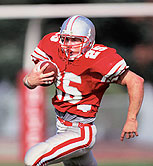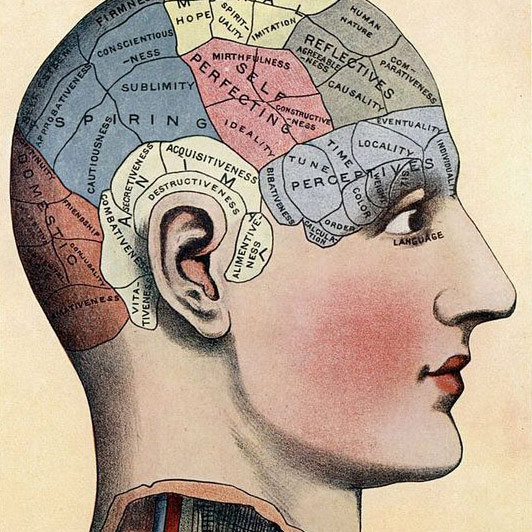
WEDNESDAY, July 20 (HealthDay News) — High-tech helmets worn by some U.S. high school football players can quantify the force of impact, offering new insight into head and spine injuries.
The data from the collisions may eventually help manufacturers design helmets that are more protective, said Steven P. Broglio, a professor of kinesiology at the University of Michigan and lead author of a new report about the technology.
“Now you have real data showing what’s happening at the time of impact,” said Broglio. The helmets also provide instant warning that a player may have a head injury, he added. “We can tell you that a certain player took a big hit, and that the hit is large enough that he at least needs to be evaluated.”
Deaths on the football field are rare today, but younger players in particular can still suffer head traumas. Severe head injuries are about three times more common among high school football players than college athletes. It’s not clear why the difference exists.
The 45 high-tech helmet devices, which cost a total of $65,000, have been used in helmets worn by high school football players in Tolono, Ill., for four years. Six battery-powered sensors inside each helmet device track the location and magnitude of impact, and detect the speed of a player’s head as it goes from running speed to a halt, Broglio said.
The helmets allow researchers to understand what happens at the time of impact without having to rely on studies in animals or computer simulations.
Their research shows that the top of the head and the sides of the head are especially vulnerable in a collision, he said.
One goal of the research is to understand how concussions occur. Broglio said they’re not a matter of the brain slamming into the skull, but instead are a result of the brain being forcefully jiggled, like a shaken Jell-O mold.
In their report, published July 21 in a letter to the editor in the New England Journal of Medicine, Broglio and his colleagues describe the case of an 18-year-old high school player who broke his neck while wearing one of the high-tech helmets. He has since recovered.
The player, who was on the defensive side, tried to tackle a receiver and ran his head into the receiver’s back, Broglio said. The data, collected over the course of 40 milliseconds, showed the duration of impact was almost twice as long as that of a crash that would cause a concussion, he said. The collision placed a heavy load on his head and neck, he said, “and the force of his body adds additional oomph to the collision. We think that’s why his neck broke.”
The football research could lead to improvements for helmets used by bikers, skiers, baseball players, hockey players and more, said Dr. Gail Rosseau, a neurosurgeon at NorthShore University Health System in Chicago.
For now, though, she said the focus should be on getting people to wear helmets. “It’s been estimated that 85 to 88 percent of head injuries that occur in biking could be prevented through helmets.”
Among people younger than 30, injuries from sporting and recreational activities are the
second most common cause of cervical spine injury, the study authors reported.
More information
The American Academy of Orthopaedic Surgeons has more on preventing football injuries.

